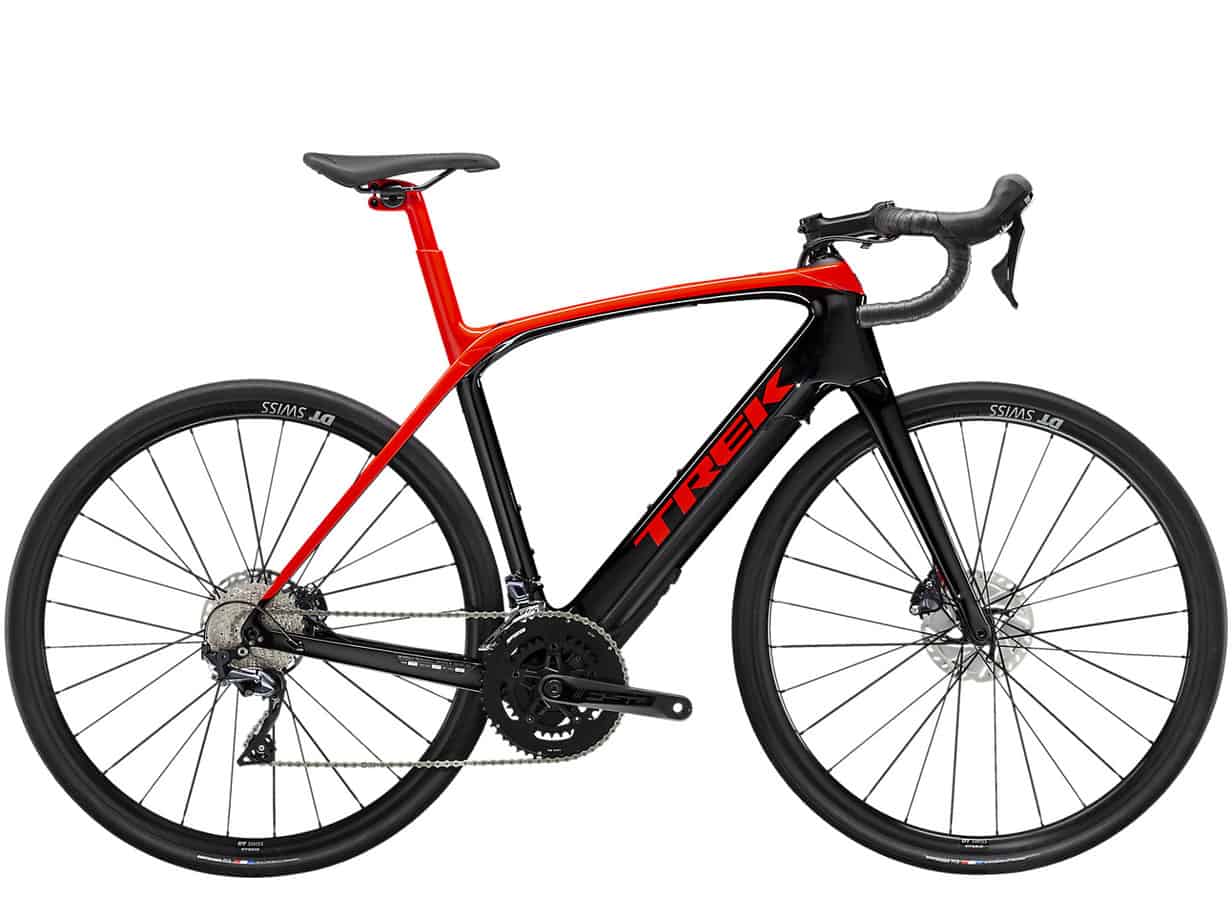NYCC eBike Guidelines

The New York Cycle Club will permit the use of Class 1 e-bikes only on NYCC rides that are listed with a pace of 16 or lower (C and slower B rides). E-bikes will NOT be permitted on any A rides and will be permitted at leader’s discretion on faster B rides. Participants in SIG rides will not be permitted to use E-bikes.
Class 1 e-bikes are defined as pedal assist with a maximum as-sisted speed of 20 m.p.h. Class 1 bikes are typically road or hybrid bikes. Class 2 e-bikes (throttle type bikes) are the type often used by delivery riders and work without pedaling. Class 3 e-bikes are pedal assist with a maximum speed of 28 m.p.h. They are generally cargo or commuter style bikes.
It is the rider’s responsibility to know their class of e-bike. Fat tire bikes are not permitted. Maximum tire width permitted is 2” or 48mm. Before joining an NYCC ride with an e-bike, the rider must be thoroughly familiar with its use, including smooth starting & stopping plus how to adjust speed with a combination of proper gearing and pedal-assist power. The rider must be able to adjust his/her pace to stay in a proper place in the line of riders.
NYCC expects riders to be able to change a flat tire in a reason-able amount of time and do other simple roadside repairs. Ride lead-ers or other riders are generous with their expertise in helping with roadside problems. But ride leaders and other riders cannot be ex-pected to know how to remove a wheel with a hub motor or have spe-cialized tools for “non normal” bicycles (e.g., non-standard spoke nip-ples, disk brake removal tools, through hubs). If there is a mechanical problem, the rider must be prepared to find a way home if he/she can-not fix the problem.
An e-bike rider must be fully aware of battery range, which is generally dependent on terrain. If your range is 40-65 miles, do not sign up for a 60-mile hilly ride, or if you do, expect to be riding on your own when your battery runs out.
Some rides involve subway transits at one or both ends. If the bike is too heavy for you to carry up or down stairs, find the closest station(s) with elevators or escalators. It is the rider’s responsibility to know if a ride involves stairs or other impediments and if a designated station for a ride, like the #1 240th Street subway station, does not have an elevator, know where the nearest accessible station is or be prepared to ride all the way home.
E-bike riders must be aware of the possibility that train conduc-tors will not allow their bikes on a train. Some of the lines prohibit “motorized bikes” outright. Others leave it up to the conductor. The is-sue usually is that most e-bikes are larger and heavier than a normal road bike and may be blocking aisles.
If in doubt about your ability to comply with these guidelines contact your ride leader in advance of the ride. Ride leaders have dis-cretion to modify these guidelines in an appropriate case or to prohibit e-bikes from their ride.


